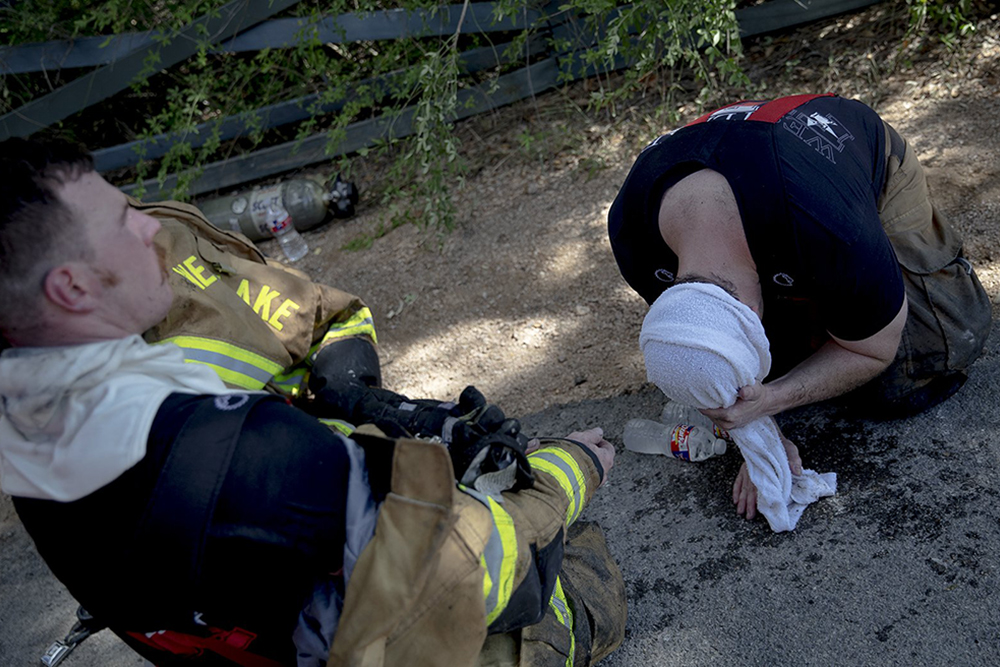In a University of Texas seminar room on a recent Tuesday evening, 16 graduate and undergraduate students examined what Texas will look like in coming decades.
Sitting on the boundary between dry West Texas and lush East Texas, Austin is “in the climatological bittersweet spot,” Jay Banner, a geosciences professor who directs the university’s Environmental Science Institute, told the students.
Under what he calls the “business as usual scenario,” in which individuals, corporations and the government fail to modulate fossil fuel emissions, Banner, co-author of a 2018 federal climate analysis, said that later this century, Austin summers could see as many as 70 more days of 100 degree heat, on average, than is typical now.
The summer of 2019, Austin's second-hottest on record, saw 57 triple-digit days.
“What is that kind of summer going to look like?” Banner asks his students. “That’s at least four straight months with 100 degree days.
Climate scientists agree: Austin is getting hotter — and will continue to do so in coming decades:
• The number of cold nights — in which temperatures dip below freezing — will drop from a historical average of 15 times per year to just under 11 times a year in the next two decades. By the end of the century, there might be as few as four freezing nights a year in Austin.
• Very hot days — over 110 degrees — are now very rare but could occur twice a year by 2040.
The warming is well underway. As part of a project to mark the year 2020 — a year that connotes both perfect vision and fine hindsight — the American-Statesman is taking stock of a range of issues facing Central Texas, including climate change.
Austin today is already a hotter and drier place — even as floods become more intense — than Austin in the early 20th century.
The number of days a year with temperatures reaching 100 degrees in Austin has gone from an average of 13 during the 1920s and 1930s to about 34 days between 2000 and 2020.
The number of days in a year that reach freezing temperatures, by contrast, is plummeting. The period between 1920 and 1939 saw 419 days in Austin reach freezing — an average of 21 times a year; the last two decades, by contrast, have seen 263 days below freezing — an average of 13 freezing days a year.
Meanwhile, overall precipitation has remained flat.
That combination — higher temperatures with no increase in rainfall — could have profound implications for Central Texas.
Experts warn that a warmer Texas likely will to lead to declines in dairy production, steeper competition for water and spikes in disease.
By midcentury, average temperatures in Texas could increase by 5 degrees over the average temperature in the period between 1976 and 2005. By end of the century, average temperatures could increase by as much as 8 degrees.
“Quality of life in the region will be compromised as increasing population, the migration of individuals from rural to urban locations, and a changing climate redistribute demand at the intersection of food consumption, energy production, and water resources,” Banner wrote, along with the other authors of Texas-related section of the 2018 federal National Climate Assessment.
The changing conditions will affect everyone from construction workers to peach growers.
Conditions have made it “more urgent to train workers to make sure they take proper safety precautions and recognize heat stress,” said Emily Timm, co-executive director of the Workers Defense Project, a nonprofit that advocates for low-income workers.
In rural areas, farmers are coping with the reality of a new climate.
“We’ve been blessed with very, very nice soil and a good climate,” said Dianne Eckhardt, who owns the 50-acre Eckhardt Orchards in Fredericksburg and whose family has grown peaches in the area since the 1920s. “But we do see changes in that climate that we’ve had to adapt to.”
Hotter weather and less predictable rainfall has led her to consider — for the first time — irrigating parts of her orchard.
“We might have to give new trees a safety net because of the hotter temperatures,” she said.
She’s planting new varieties of peach trees that require fewer chill-hours — nighttime temperatures between 32 and 45 degrees — to guard against the warmer climate. But narrowing the overall number of varieties of peach means she will likely have a shorter selling season, since different varieties ripen at different times.
Already, peach growers have seen their crops suffer from some recent warm winters.
Hotter weather in Central Texas will lead to longer droughts, the amount of water making its way into the Edwards Aquifer will drop, crops could wither, wildfires will grow more frequent, and the tree line that divides East Texas and West Texas — it now sits roughly along Interstate 35 — will push east, Texas research scientists and academics predict.
Toward the end of the century, Austin “will be a lot like the Dust Bowl,” Gerald North, a Texas A&M University atmospheric scientist and an editor of “The Impact of Global Warming on Texas,” has said.
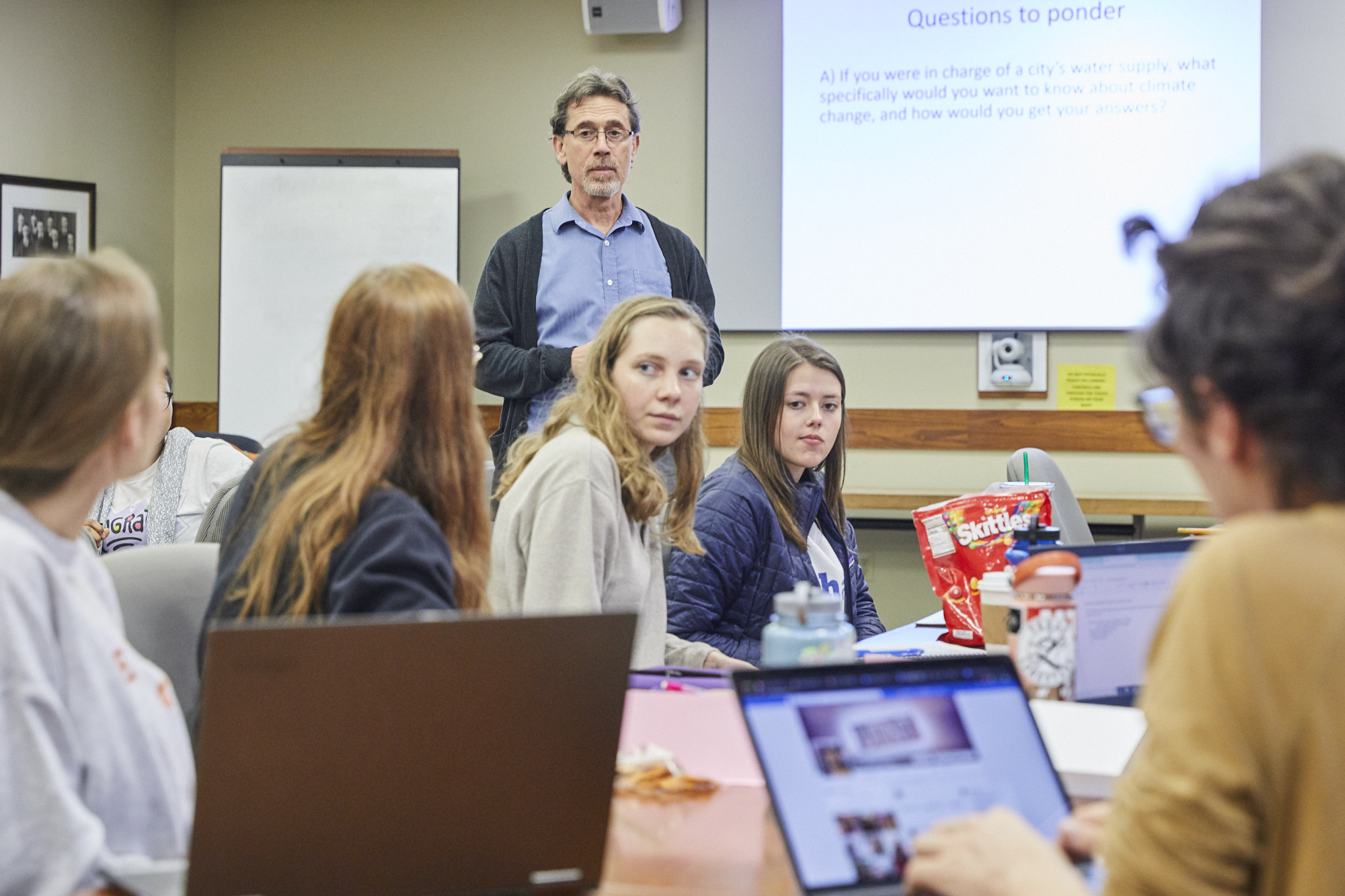
The science
The chief driver of climate change: People have increased the amount of carbon dioxide in the air by 40% since the late 1700s. Carbon dioxide and other greenhouse gases absorb the sun’s rays as they reflect off the Earth’s surface and re-radiate the energy back to the Earth’s surface, leading to the warming of the planet.
The composition of Earth’s atmosphere is why the planet is so much warmer than the moon: Both are about the same distance from the sun, but the moon has an average surface temperature of about 23 degrees Fahrenheit and the Earth has an average surface temperature of about 61 degrees Fahrenheit.
Some of the consequences of a changing atmosphere will be apparent much sooner than the end of this century.
Some Texans are likely to see, on average, larger-sized hail by midcentury. (Hail is formed when updrafts in thunderstorms carry raindrops upward into extremely cold areas of the atmosphere; a team of Canadian researchers in 2017 estimated that stronger storms, combined with larger updrafts, will lead to the production of bigger hailstones in parts of North America.)
The Edwards Aquifer, the dominant underground reservoir in Central Texas that supplies water to parts of southern Travis County and Hays County, is especially sensitive to climate change. If its shallow depth and pockmarked features allow for rapid infiltration and recharge during wet periods, its work as a giant reservoir makes the Edwards vulnerable to climate extremes of droughts and floods.
One analysis found that the endangered Barton Springs salamander, which depends on water from the aquifer, could suffer from increased pumping and decreased aquifer recharge as a result of drought “and/or ... increased water temperature as a result of climate change.”
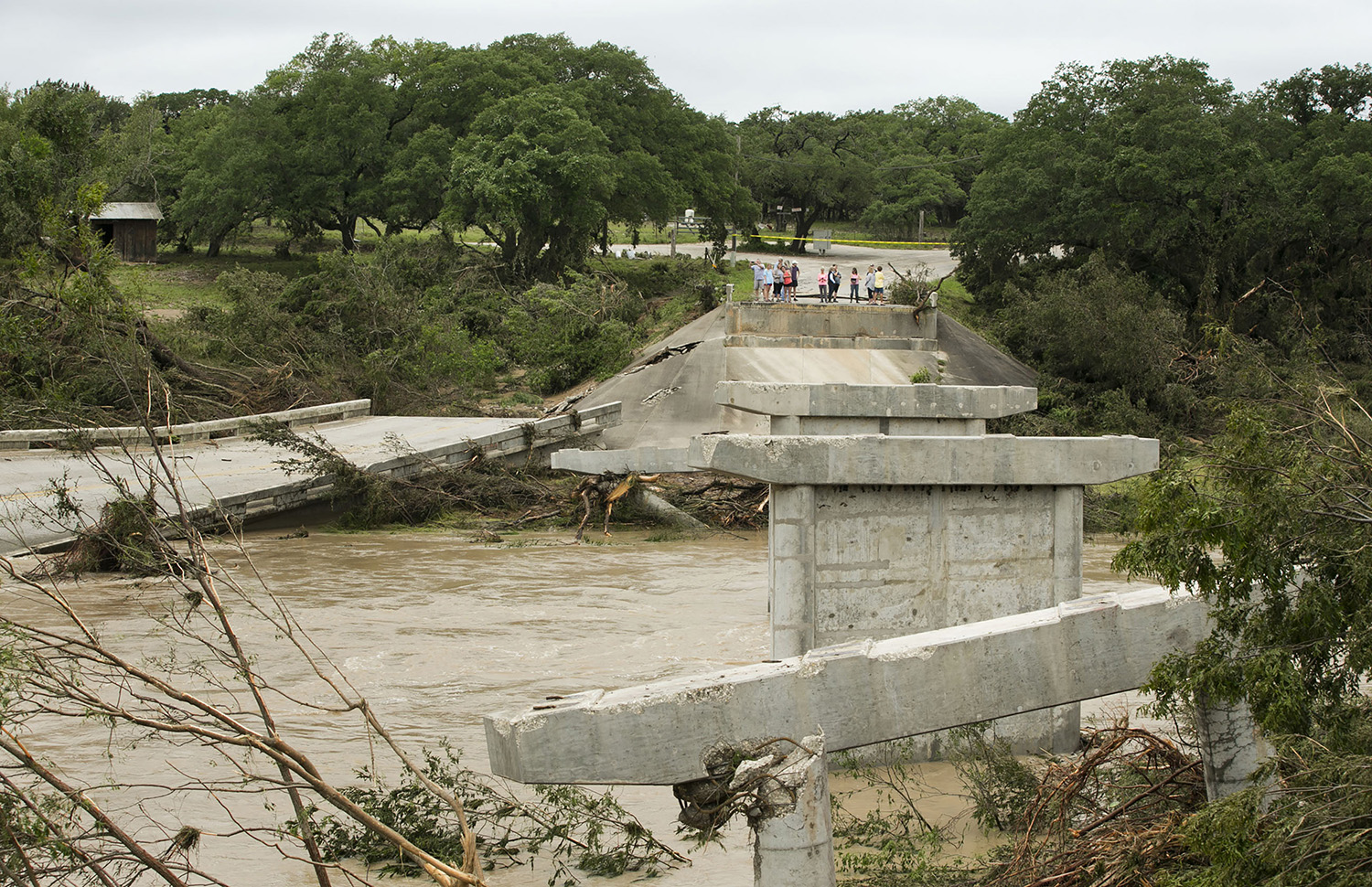
The consequences
Climate scientists, disease specialists and agricultural experts say a warming climate already has had consequences.
A 2011 drought cost the Texas economy $8.7 billion in livestock and other agricultural losses. Rice farmers downriver of Austin were cut off from Highland Lakes water. And Texas A&M scientists pegged the number of trees destroyed statewide that year by raging wildfires, some of the fiercest around Bastrop, at 301 million.
Based on past trends and recent sea surface temperatures, the heaviest rainfall amounts from intense storms, such as Hurricane Harvey, are about 5% to 7% greater now than they would have been a century ago, according to the report.
Other clues to how the climate is changing are less obvious, buried in federal and state reports.
In September 2018, the U.S. National Oceanographic and Atmospheric Administration released an analysis that found significantly higher rainfall frequency values in parts of Texas, redefining the amount of rainfall it takes to qualify as a 100-year rain event.
In Austin, for example, the 100-year rainfall amounts for 24 hours increased as much as 3 inches, up to 13 inches. Precipitation previously classified as 100-year events are now 25-year events.
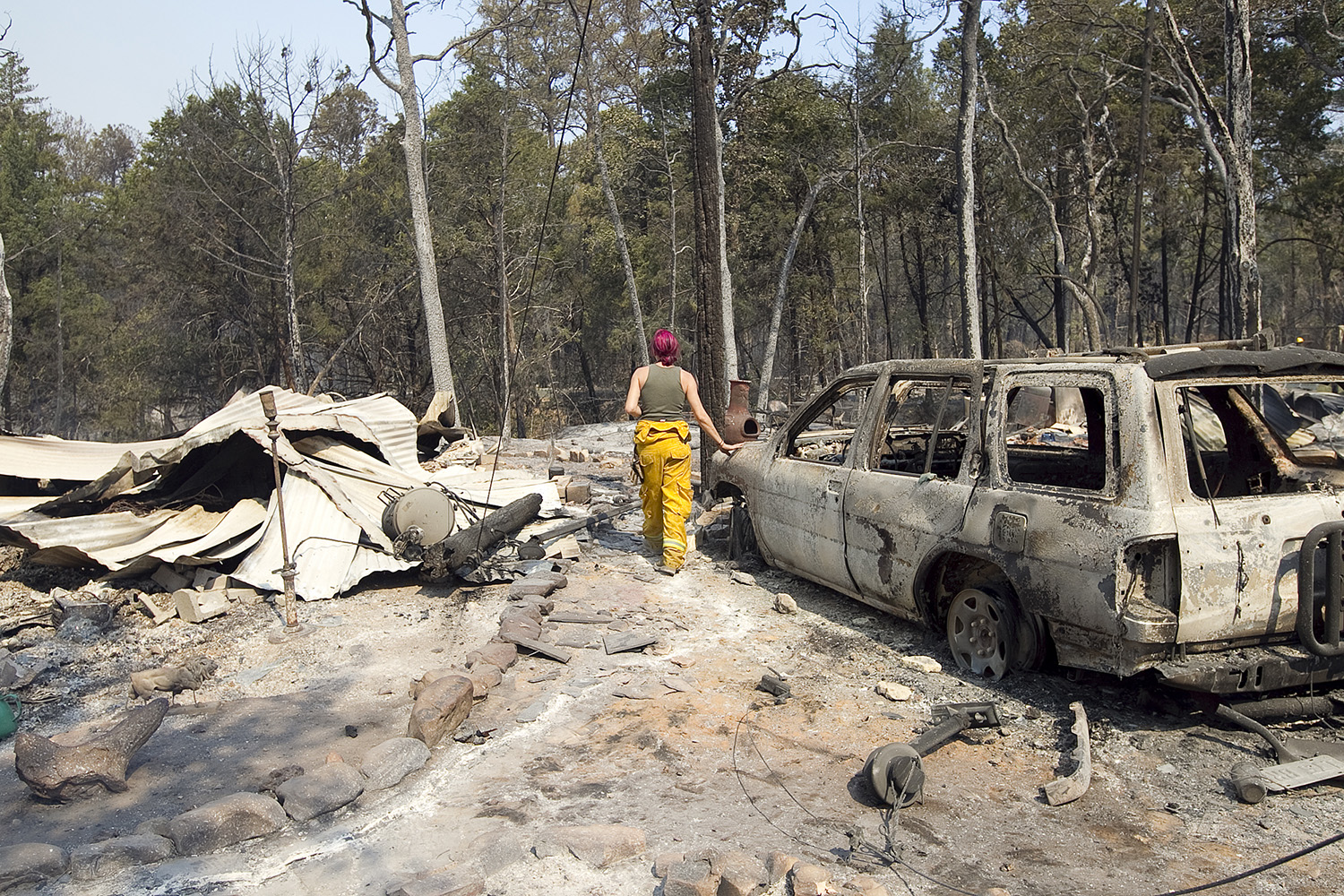
The new classifications will have real consequences for infrastructure design, flood insurance and flood plain development. Already, Travis County has earmarked $1.1 million to study how to reduce flood damage.
Improvements to bridges and roads are likely to range into the billions of dollars.
Devastating floods along the Blanco River in 2015 that killed 14 people necessitated the replacement of at least two bridges, at a cost of $2.7 million.
And after a bridge across the Llano River was washed out at Kingsland in 2018, a replacement was built at a cost of more than $17 million.
Researchers also say droughts will become more frequent and protracted, exacerbating tensions over how river and groundwater is used.
The 2017 state water plan indicates that demand for water will increase by 17% over the next half-century as the state’s population continues to grow.
The collision of drought and competition for water already has materialized.
Take the drought of the early 2010s. Releases of water from the Highland Lakes was eventually shut off as lake levels dwindled.
In Austin, the city ratcheted up mandatory water restrictions, including barring restaurants from delivering water unless customers asked for it.
The politics between lakeside communities in the Austin area and rice farmers in the lower Colorado basin were bitter — with the Austin area and its municipal demands generally winning. In one year, planted rice crops in Matagorda County fell from 22,000 acres to 2,100 acres. That drop-off led to a 70% decline in sales of farm implements and machinery.
Some family-owned farms that had survived for decades closed permanently.
Scientists are keen to divorce single weather events from the overall trend of a changing climate. The role of climate change in altering the frequency and intensity of the types of severe weather most typically associated with the southern Great Plains, such as severe local thunderstorms, hailstorms and tornadoes, remains difficult to quantify.
And there remains some difference between harms that have been projected and evidence thus far on the ground. Climate scientists have warned of an increase in what might be called exclamation point weather events — those big, Harvey-like rains, for example.
But reviewing Central Texas data over the last century or so, Brett Williams, a New Braunfels-based meteorologist with the National Weather Service, said there is “a very slight increasing trend line for days with 3 inches or more of rain.
"All in all, it doesn't really show much evidence for an increase in significant rainfall events,” he said.
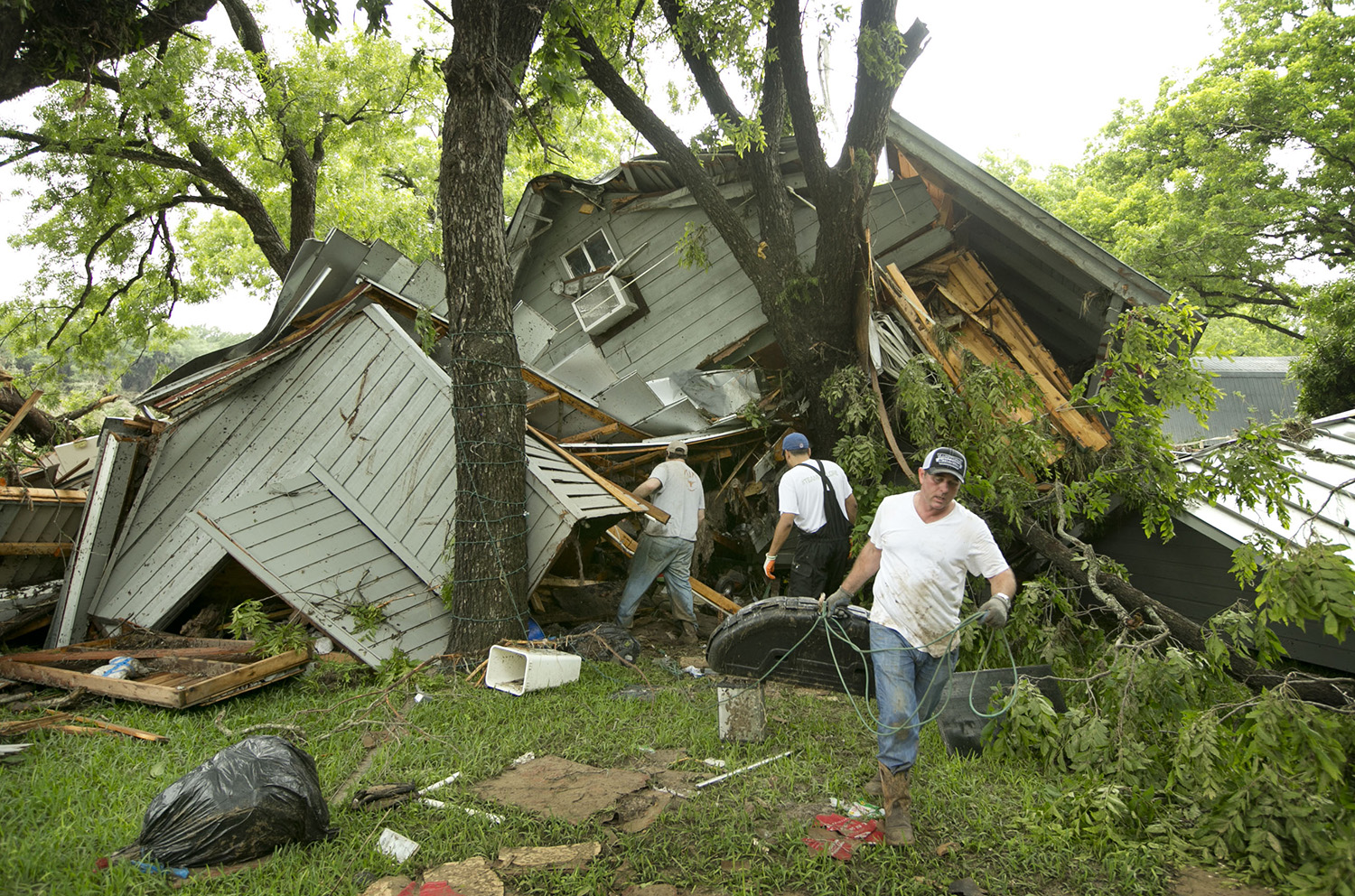
Government response
With “global warming” and “climate change” seen as politically charged terms — Gov. Greg Abbott has said the science is still out on whether industrial emissions contribute to a changing climate — they rarely, if ever, appear in official state documents.
Proposals to force state agencies like the Texas Parks and Wildlife Department and the Texas Water Development Board to account for climate change when putting together long-term plans haven’t gained traction at the Legislature.
The most recent state water plan, which plays a role in determining how much water should be doled out for farm, city and industrial use, used the drought of the 1950s as its benchmark.
“Is this conservative enough planning for resilience for our state, for the water planning of our state?” Banner asks his students.
It’s a rhetorical question — and feels like a “Jurassic Park” moment — as he directs a laser pointer to the megadroughts of the 1100s and 1200s. Even if those earlier conditions had nothing to do with human-made emissions — Earth’s climate has been changing, one way or another, for eons — the message was clear: It happened before and it can happen again.
